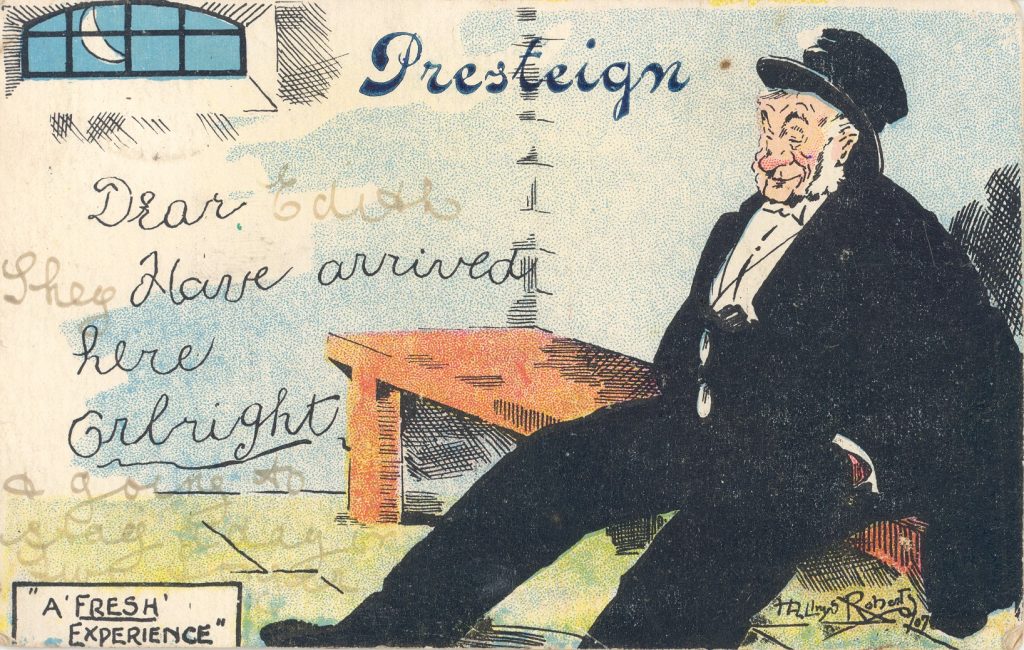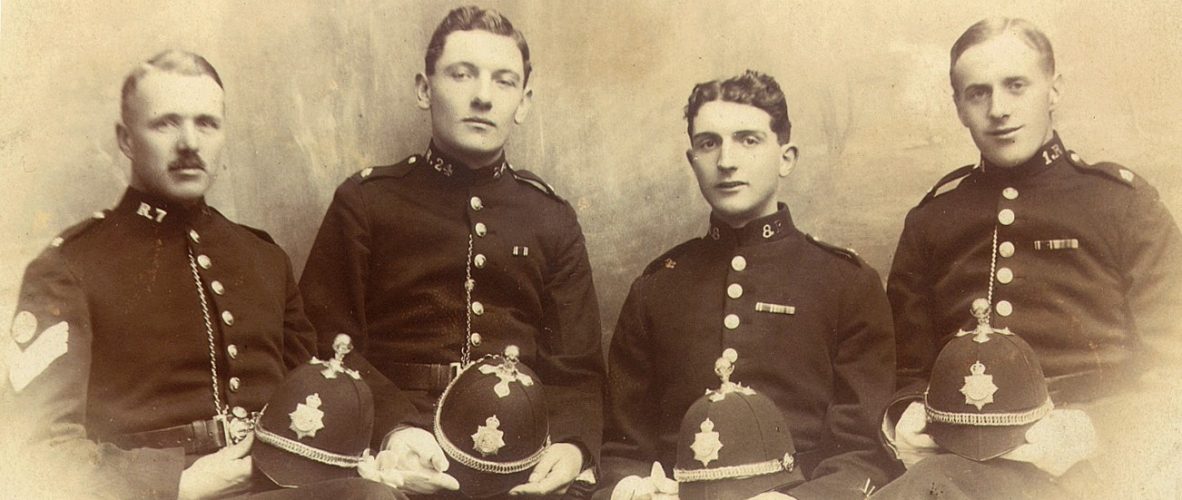The name given to the tight trousers worn by some Regency gentlemen, such as the notorious Beau Brummell and his ‘dandy’ followers, as they showed off their leg muscles.
The core collection we care for here are the original furnishings and ephemera from the building itself. Many visitors marvel at just how much we have in the building. We are lucky that Radnorshire had always been a somewhat poor, rural county and things rarely got thrown away. Through the three year restoration of the building, many objects were found tucked away in attics and store rooms, to add to the furnishings that still sat in place in the period rooms. Constantly in use, with little county funds to ‘modernise’ it, and housekeepers that prudently stored unused or broken furnishings, the scale of survival of its contents is truly remarkable.
Supplementing this core collection, items have been loaned, purchased or donated to enhance room settings, help us explain Victorian living, and to replace items we knew from inventories were missing. We also collect a handling collection for educational use.
You may think that this original collection is now complete, but since opening in 1997, every now and again, something emerges that was once a part of the building’s life. Only recently, whilst doing some work to our back wall did we find some rusty old handcuffs and a police lantern!
In addition to all the items that make up The Judge’s Lodging, we also care for the Presteigne Community Collection.

